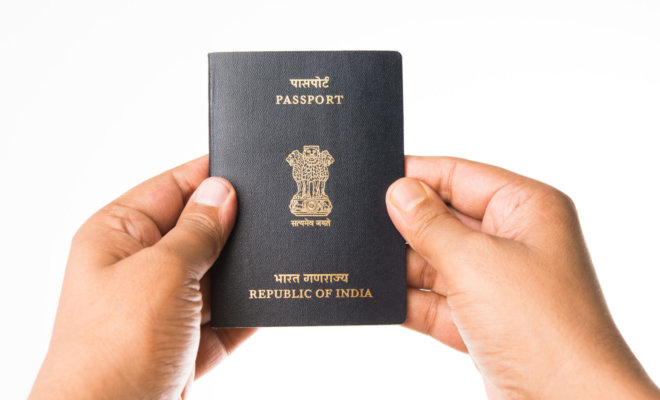Travelers, around the world, have little control over how their passports look. Passports worldwide usually conform to muted red, blue, green, or black shades. Passport Index co-founder Hrant Boghossian said, “Most passports in the world are based on blue and red primary colors.”
“There’s nothing [that] stipulates the cover color,” said Anthony Philbin of the International Civil Aviation Organization, which issues passport standards on cover size, format, and technology.
So, the colour of your passport is more of a matter of national identity. Today, we will tell you about what your passport colour really means.
Read More: IRCTC North East Rail tour package from Howrah to Assam- details of ticket price, timings, route
Red passports
Burgundy passports are used by members of the European Union (except for Croatia), and countries interested in joining have also changed their passport colour.
Blue passports
Countries that have blue passports are economic union Caricom — the Caribbean Community and Common Market — states. It consists of Argentina, Brazil, Paraguay, and Uruguay which all have blue passports.
The United States passport also became navy blue in 1976. For what it was before, Boghossian said, “We believe the first travel documents in the US were red. Green passports were used in the 1930s, followed by burgundy ones, [and] black passports in the 1970s.”
Green passports
Most Islamic states use green passports because of the importance of the colour held in their religion. Several variations of the colour is also used by ECOWAS (Economic Community of West African States) members including Niger and Ghana.
Black passports
Black is by far the most practical passport colour. Dark colours – especially black – show less dirt and therefore look more official.





































